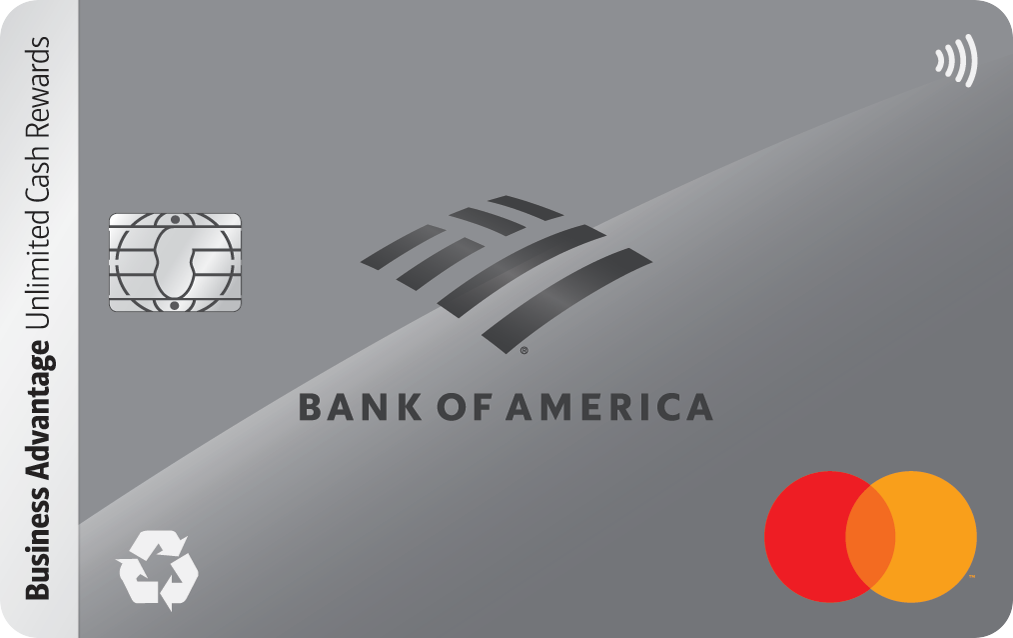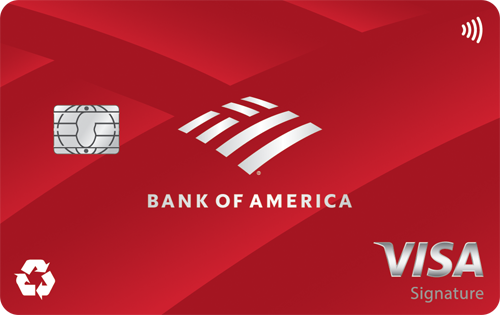Mortgage Rates Are About to Drop. Here's Why You Probably Shouldn't Refinance
KEY POINTS
- Mortgage interest rates are very likely to drop further in September, but that doesn't mean you need to refinance.
- When you refinance a loan, you have to consider the additional costs, not just the change in the payment.
- For example, you'll have to pay to refinance the loan and you'll be paying some portion of the interest twice.
At this point, it's a given that the Federal Reserve is going to drop the federal funds rate next week, and the direction it goes, all other interest rates tend to follow. The problem with this, of course, is that a drop in mortgage interest rates somehow makes a lot of people think they need to refinance their mortgage.
Look, I know you're envious of the people with mortgage rates under 4% or 5%. But the truth is that the number that goes with your mortgage isn't all there is to it. Refinancing can actually cost you a lot of money in the longer term.
There's a cost to refinance
Refinancing isn't a free service that mortgage lenders offer. You probably haven't thought about that, because even I sometimes don't think about that, and I did this for a living for years as a Realtor.
But the truth is that you're going to spend between 2% and 5% of your outstanding mortgage debt to refinance your loan, and if you're in a position where 6% or so looks like a great mortgage, you've not had your loan long enough to drop that kind of cash.
Let's say you bought your home at the first recent mortgage interest peak in November 2022 for $400,000, which was a decent price at the time. Your interest rate was probably around 7%. Depending on how much you put down, your principal and interest payment is between $2,400 and $2,600 per month, and you owe between $350K and $380K on your mortgage.
For you, the cost to refinance is going to be $17K to $19K on the upper end, and no matter how much you put down, it's still going to take 63.5 months to hit your breakeven point, the point where the money you saved in your monthly payments has paid for the refinance.
| 3.5% Down | 5% Down | 10% Down | |
|---|---|---|---|
| Payment | $2,568.07 | $2,528.15 | $2,395.09 |
| September's principal balance | $378,595 | $372,710 | $353,094 |
| Cost to refinance (5% of balance) | $18,929 | $18,635 | $17,654 |
| New payment at 6% | $2,269.87 | $2,234.58 | $2,116.98 |
| Difference in payment | $298.20 | $293.57 | $278.11 |
| Months to break even | 63.5 | 63.5 | 63.5 |
Refinancing is expensive, and often time consuming, and unless you want to stay in your home for another 5.29 years, you should not be attempted for such small gains.
But there's also the interest to consider
Some people would argue that when you refinance your mortgage loan, the interest you've already paid is sunk costs and shouldn't be considered a part of what you're paying for your home.
I'm not one of those people. There's no sunk cost fallacy when it comes to mortgage interest, just more mortgage interest that you might not need to be paying.
Mortgages are designed so every payment is basically the same. This is called amortization, and it's not a scam, but it does end up such that most of your interest is front-loaded -- that is, you pay more interest in the first half of the loan than in the second half. So, depending on at what point you refinance, and how much longer you plan to keep your home, you can pay an enormous penalty for resetting your loan at the wrong time.
Here are some examples, based on the $400,000 home above with 10% down, at a 7% initial interest rate on a 30-year fixed-rate mortgage, and later refinanced to 6%.
| Interest Paid on Original Loan | Balance Refinanced | Interest on Refinanced Loan | Total Cost of Interest for Life of Loan | |
|---|---|---|---|---|
| No refinance | $502,232 | N/A | N/A | $502,232 |
| Refinance at end of year 2 | $47,846 | $352,759 | $408,630 | $456,476 |
| Refinance at end of year 3 | $72,406 | $348,578 | $403,786 | $476,192 |
| Refinance at end of year 4 | $96,665 | $344,096 | $398,595 | $495,260 |
| Refinance at end of year 5 | $120,599 | $339,289 | $393,026 | $513,625 |
| Refinance at end of year 10 | $234,529 | $309,514 | $358,535 | $593,064 |
| Refinance at end of year 15 | $336,024 | $267,303 | $309,639 | $645,663 |
As you can see, you'll end up paying more interest even if you refinance if you wait until some time between years four and five, and that doesn't include the cost of the refinance itself. If you figure that in from the section above, your point of no return is between year three and year four. If you're still in that zone, do the math and see if your specific case can benefit from a refinance.
Refinance in September with caution
It will be extremely tempting to run out and refinance your mortgage as soon as rates start dancing with the 6% line, but before you do something you may regret, figure out what the real costs are, how much you'd actually pay over the lifetime of your mortgage, and then decide if it's worth it.
If you don't plan on being in your home for a lifetime, that is another factor to think about when planning a refinance. It has to be able to eventually pay for itself, or else what's the point?
Our Research Expert




